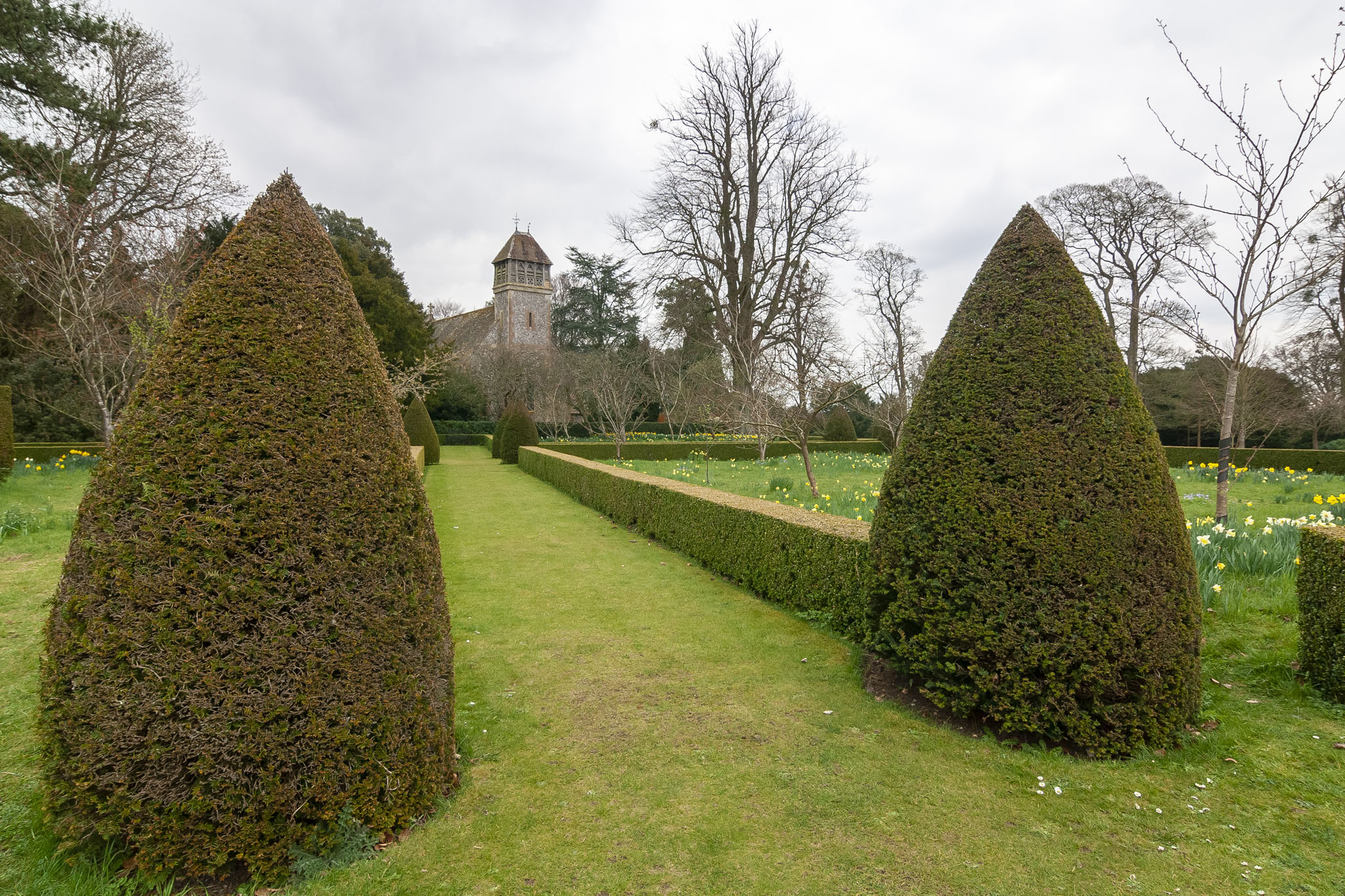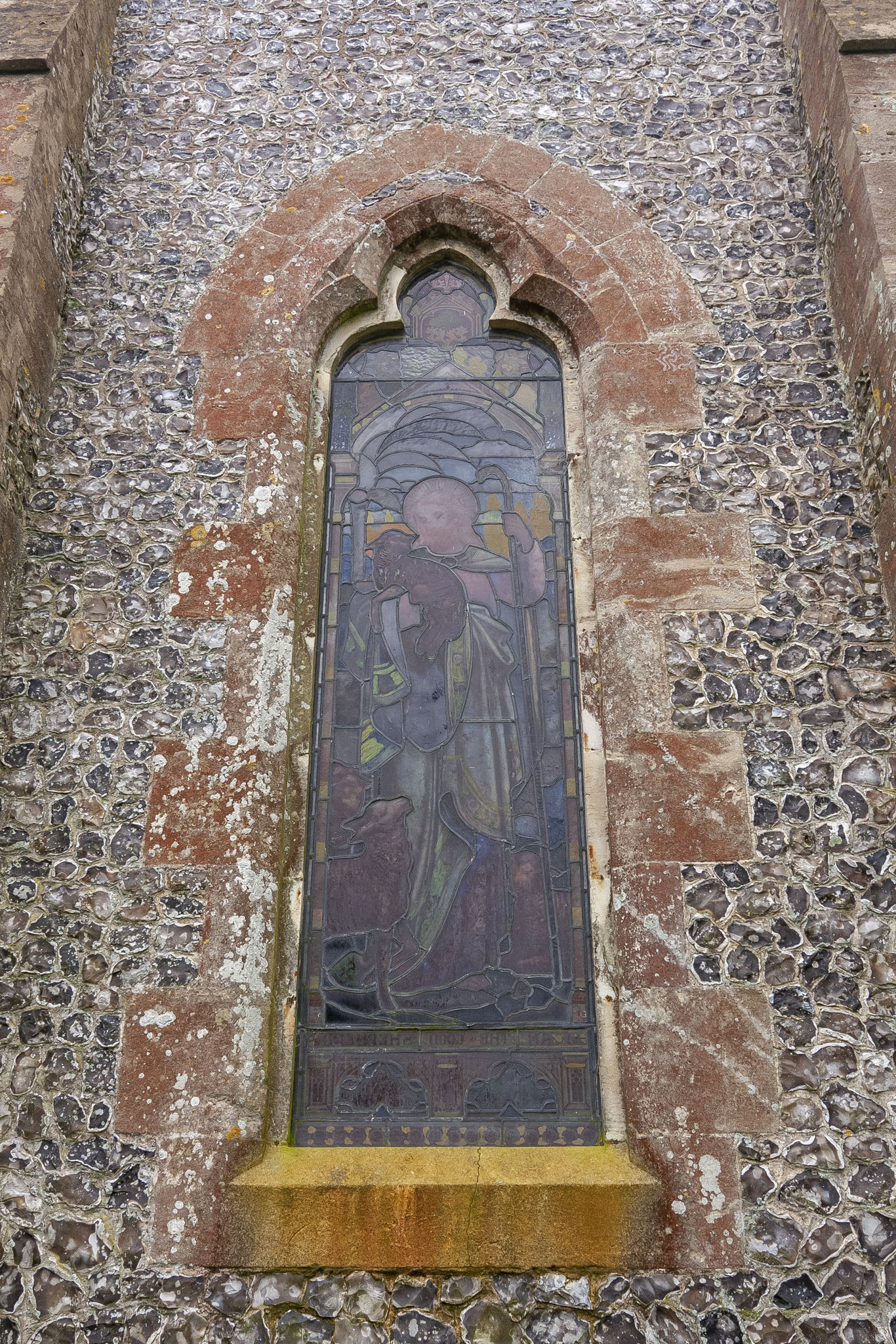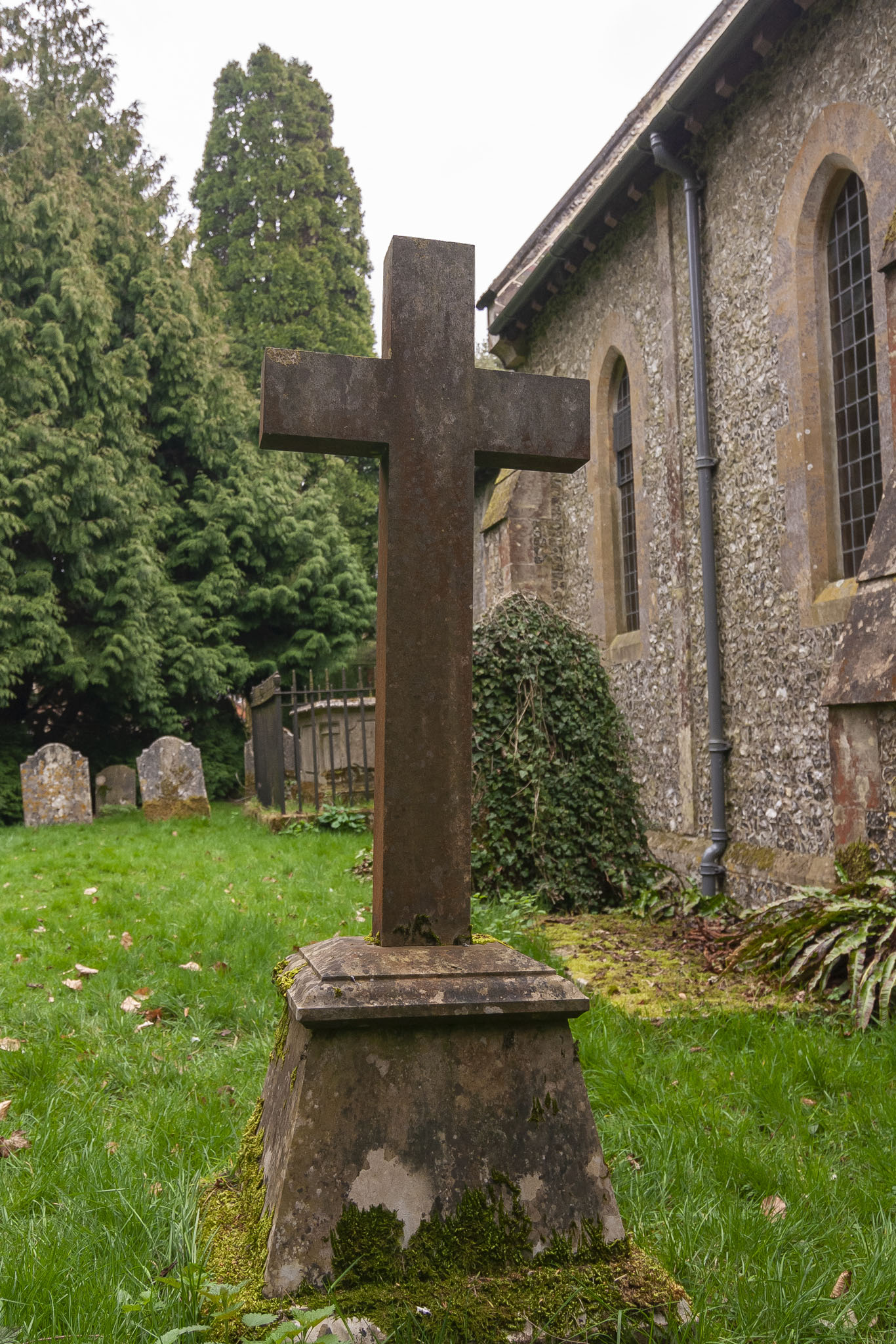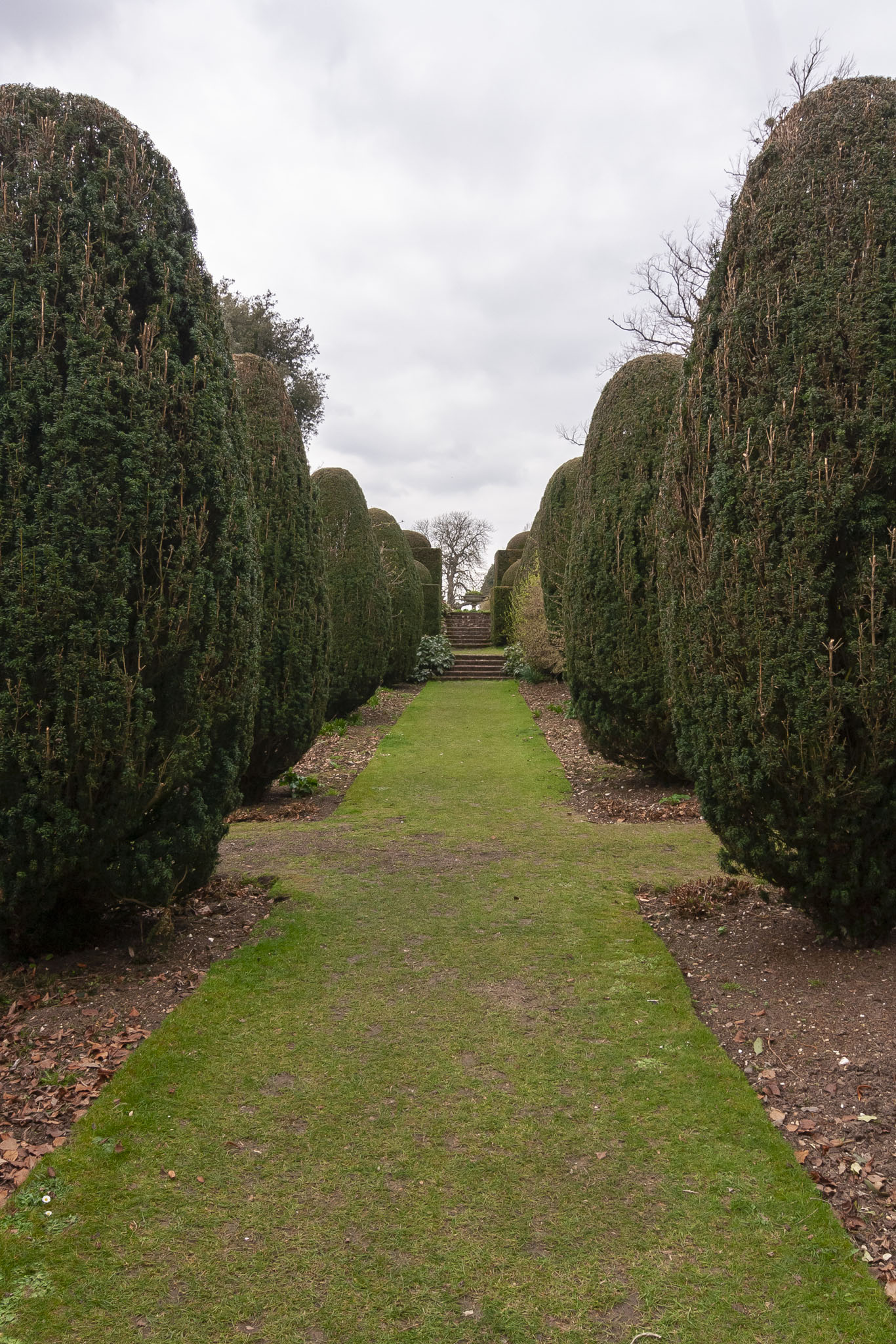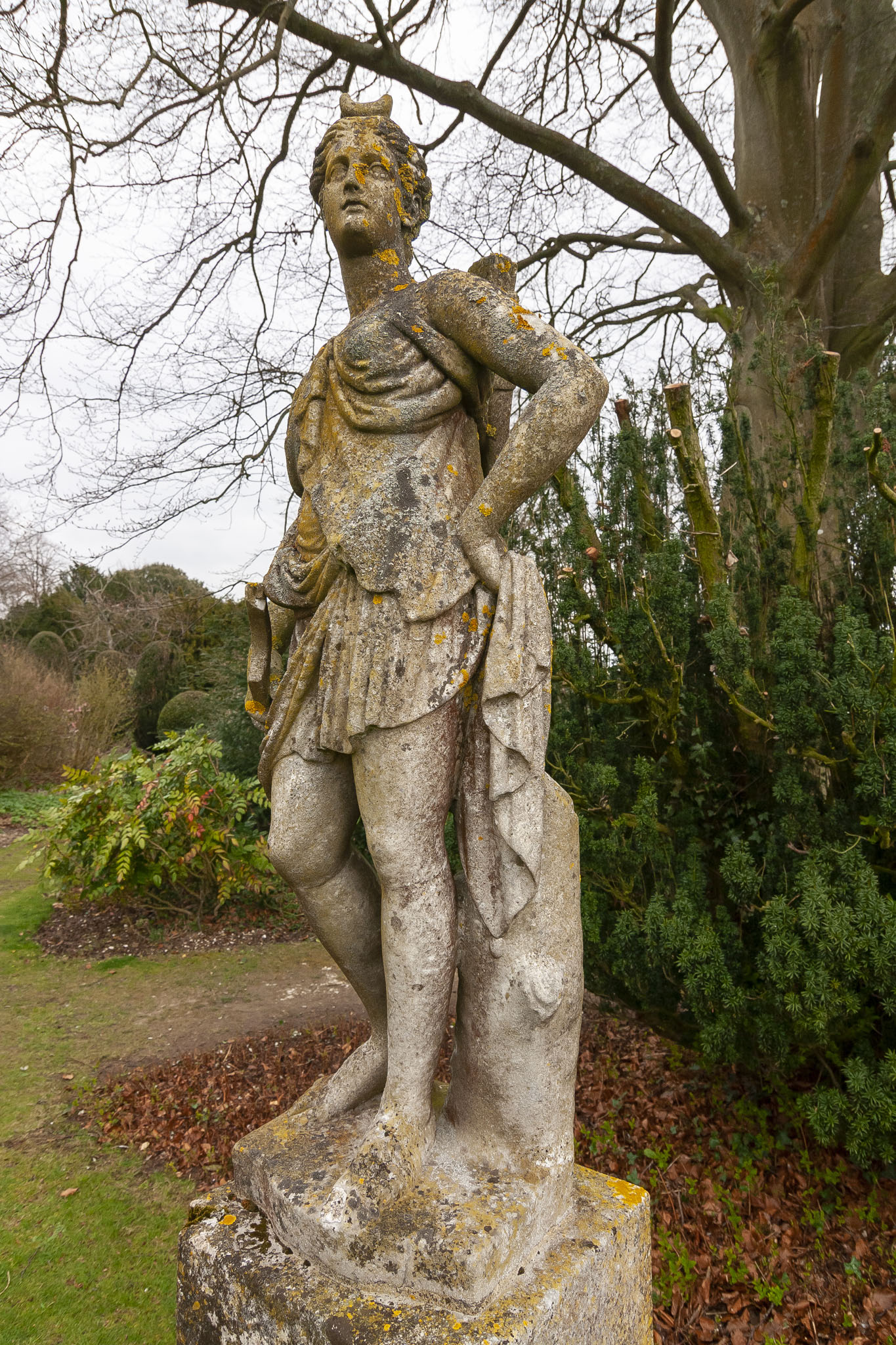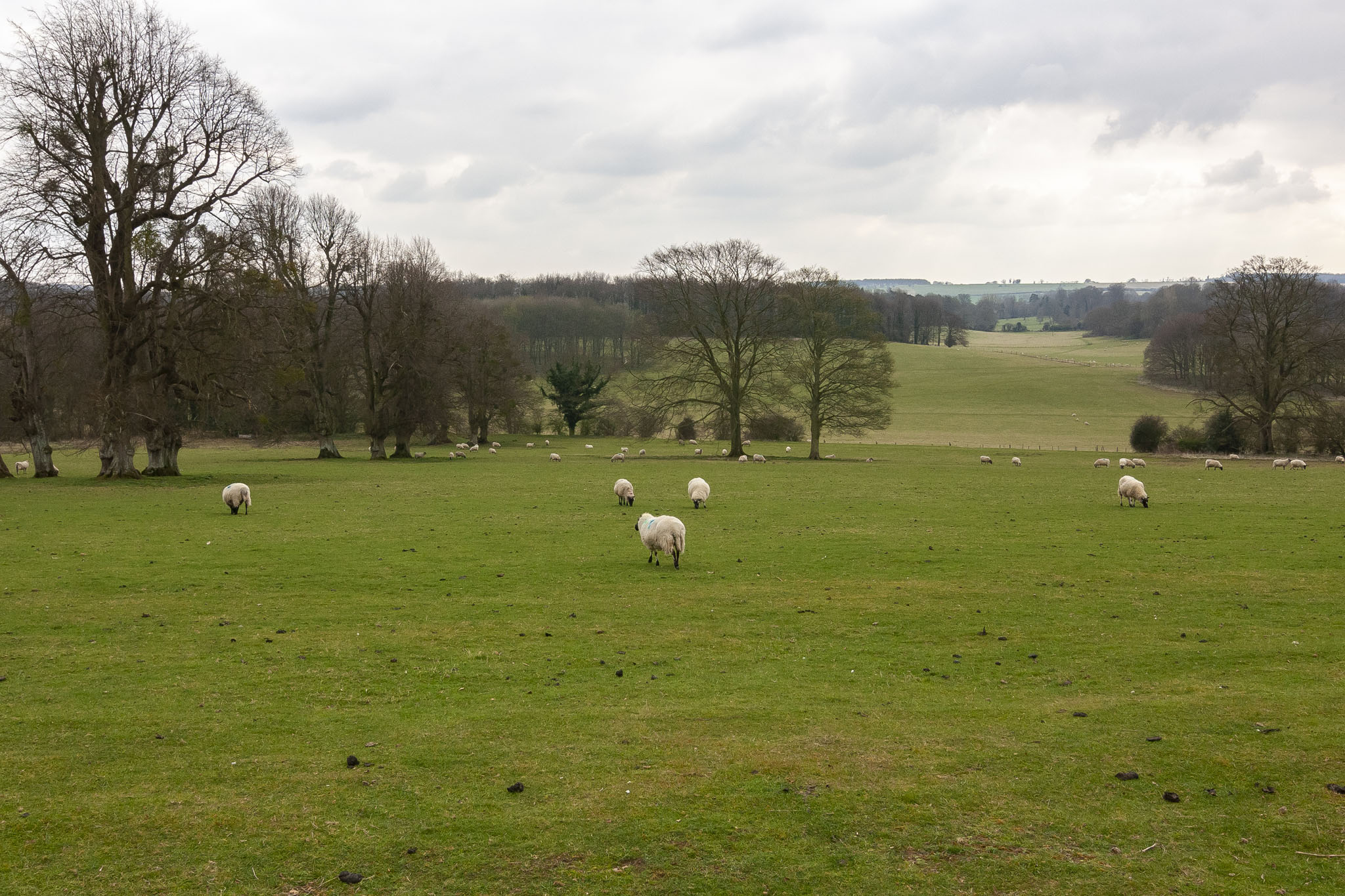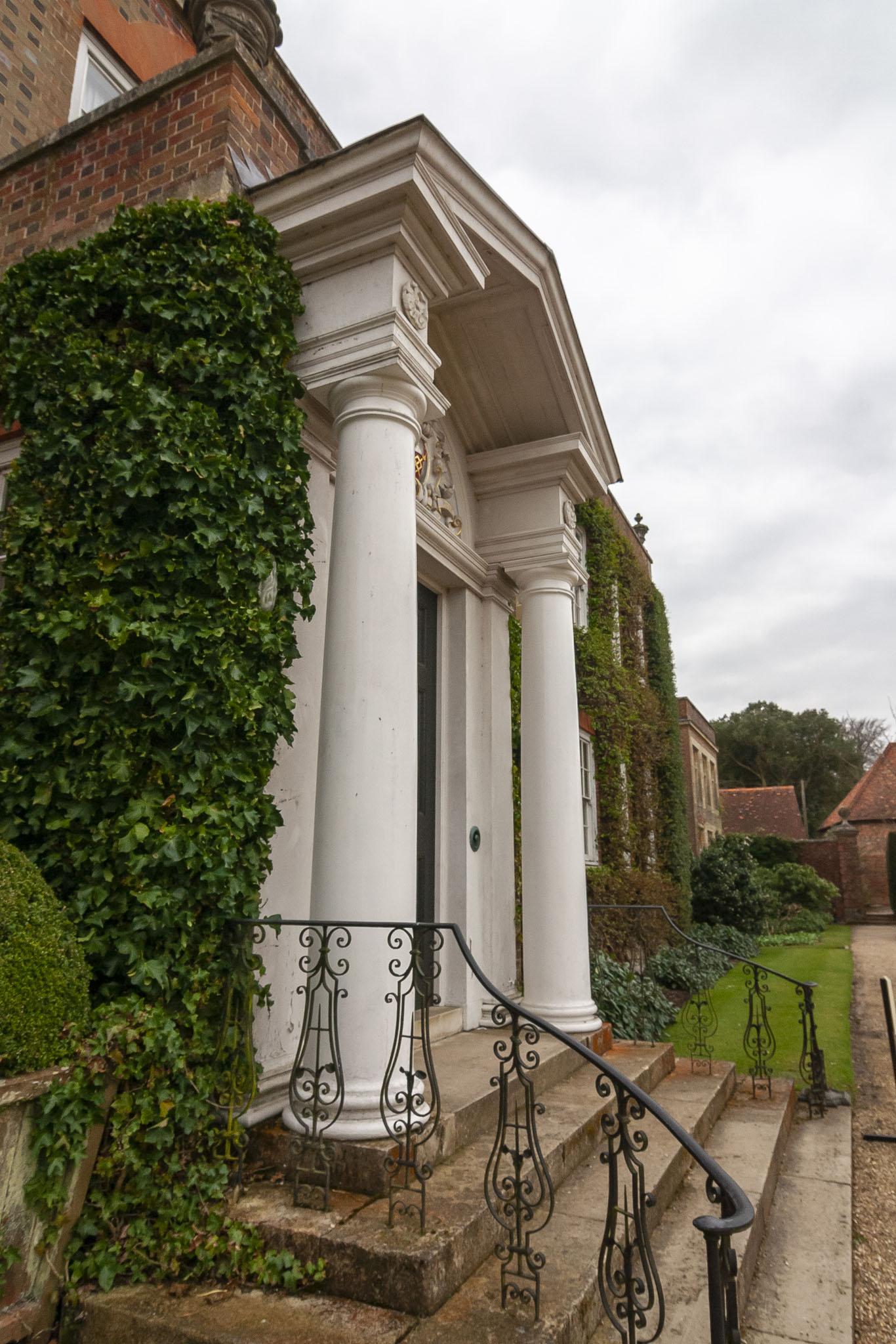On one of the occasions that we visited Mottisfont Abbey and Gardens in our home county of Hampshire we also took a quick look around the nearby gardens of Hinton Ampner. Both of these visits were undertaken because of our National Trust membership, an engagement gift from a few years previously that we’ve kept going ever since because of the great value and the great work that the organisation does.
The house at Hinton Ampner isn’t always open, and it wasn’t on the day we visited, but the ground and gardens are generally considered the main attraction of the site anyway, and so this post simply illustrates what you can see there if you pay it a visit.
The reason that the garden, designed by the last Baron Sherborne, Ralph Dutton, is considered the main draw for Hinton Ampner visitors has to do with the relatively young history of the house. The original estate and building of Dutton’s ancestors date back to the late sixteenth century. That allegedly (though clearly not) haunted building was demolished in the late eighteenth century and a plainer, more functional Georgian-style house was erected. In the middle of the nineteenth century Ralph Dutton’s grandfather remodelled the building in neo-Tudor style but when Dutton inherited Hinton Ampner in 1935 he sought to remove the previous century’s additions and return it more to the core Georgian style that he preferred. He did a similar thing to a lesser extent with the gardens. In 1960, however, the house caught fire and was almost completely destroyed. Dutton simply started over and rebuilt once more in a neo-Georgian architectural style.
The gardens generally reflect Dutton’s preference for the tightness of a formal structure surrounding a more natural environment. You can see this in the first photos from Hinton Ampner below where topiary forms precise borders to the wilder-looking plants and flowers within. These are from the Orchard, and the church in the photos is All Saints Church, originally Saxon but partly-rebuilt and added-to in the nineteenth century. The bell-tower, for instance, borrows heavily from French design influences.
A straight path almost two hundred metres long runs east-to-west across the gardens at Hinton Ampner; this is known as the Long Walk. It links off to all the other sections of the gardens such as the Sunken Garden with its raised beds, the Bastion‘s views across the Hampshire countryside, the lime tree-lined Avenue, the Yew Garden, the Magnolia Garden, and the Temple, a folly and gazebo with sheltered views back towards the house.
The design of the gardens is certainly interesting, even if overall there wasn’t a huge amount to see when we visited Hinton Ampner. That’s mostly our own fault for exploring during March, but the grounds do provide some challenges for growing plants anyway, with a lot of heavy, wet soil and a location that has to cope with exposed heat in the summer and little protection from the cold of winter. We’ll have to make a return trip when there’s more likely to be flowers on show and when we can take a look inside the house to see how good a job Dutton did with his Georgian design tendencies.

